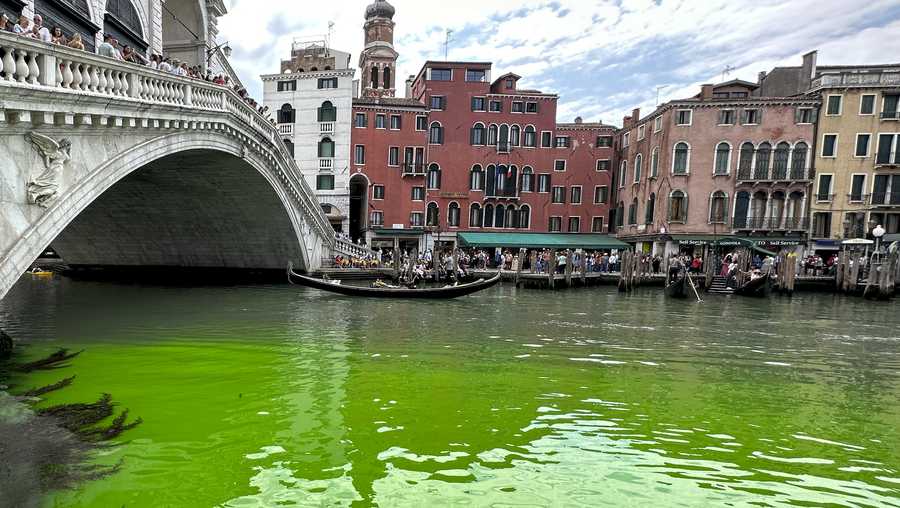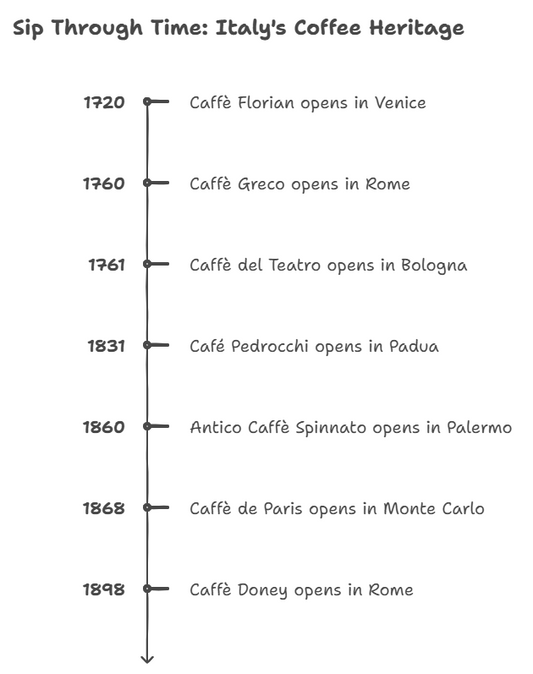On May 28, 2023, the Venice water turned green "again" after 1968.
Lucia Zaia reassured the public in his tweet that the green water in Venice was caused by fluorescein, a chemical often used to detect leaks in undersea construction and there is no risk or danger associated with the pollution emitted. According to Zaia's remarks, ARPAV personnel collected the colored water in the late morning and conducted initial analyses.
While he acknowledged there are no immediate risks, he feared that it could be emulated and a response has to be made. he emphasized that there was no immediate threat to the environment or public health.
I found Zaia's response to the incident to be prompt and informative. I appreciated his efforts to provide assurance and alleviate worries. In my opinion, the green water of Venice holds a certain charm and mystique that adds to the city's unique character.

Source: Luigi Costantini
The green water is like a living canvas, with its ever-changing shades of green reflecting the delicate balance between nature and human presence. While some may see it as a sign of pollution or neglect, I view it as a reminder of the intricate ecosystem that thrives within the lagoon. The green water tells a story of life and resilience, showcasing the beauty and complexity of nature even in an urban setting.
In a city built on water, it's only natural to wonder how Venice manages its waste. Have you ever wondered about the hidden infrastructure that supports this floating city and ensures its cleanliness? Join us on a captivating journey as we dive into the depths of Venice's sewage system.
Nicolás García Uriburu, an Argentine artist, gained international attention for his environmental art performance in 1968, known as the "Greening of the Grand Canal" in Venice, Italy. During this event, Uriburu dyed the waters of the Grand Canal green using a non-toxic green dye. The public reaction to this stunt was mixed and varied.
What was the public reaction to Nicolás García Uriburu's stunt in 1968
Many critics disapproved of Uriburu's act. They considered it an act of vandalism or an unnecessary disruption of the natural environment. Some argued that it was disrespectful to Venice, a city known for its beauty and historical significance. They believed that art should not interfere with or alter the natural elements of a place and that Uriburu's intervention crossed that line.
Others agreed with Uriburu's intervention as a bold and thought-provoking statement. They saw it as a way to raise awareness about environmental issues and the impact of human activities on natural ecosystems. Uriburu aimed to draw attention to pollution and the deterioration of the environment, using the green color as a symbolic representation of these issues. For these individuals, his performance was seen as a powerful artistic expression and a call to action.
What are the potential environmental impacts of fluorescein in the water
Fluorescein, when introduced into the water, generally does not pose significant environmental impacts and usually breaks down in days. However, it's important to consider the context and scale of its use. Here are a few potential environmental considerations:
-
Dilution and Dispersion: Fluorescein is typically used in small quantities for specific applications, such as scientific studies or dye-tracing experiments. In these controlled settings, the dye is often highly diluted, allowing for dispersion and dilution within the water body. This minimizes the direct impact on the environment.
-
Toxicity and Degradation: Fluorescein is generally considered non-toxic and biodegradable. It is not known to persist in the environment for long periods. Microorganisms and natural processes can break it down over time, reducing its presence in the water.
-
Sensitivity of Organisms: While fluorescein is considered non-toxic, some aquatic organisms may be sensitive to even low levels of foreign substances. However, the short-term and limited use of fluorescein in controlled studies typically minimizes any potential adverse effects on aquatic life.
-
Ecological Disruption: Large-scale or uncontrolled release of fluorescein into natural ecosystems could potentially disrupt the balance of the ecosystem. Excessive dye concentrations may affect the availability of light, altering photosynthesis processes and potentially impacting aquatic plants and organisms reliant on light availability.

Have you ever wondered about the hidden secrets that lie beneath the enchanting canals of Venice? Curiosity leads us to explore the depths of this mesmerizing city, and one question that often arises is, "How deep is the water in Venice?"




